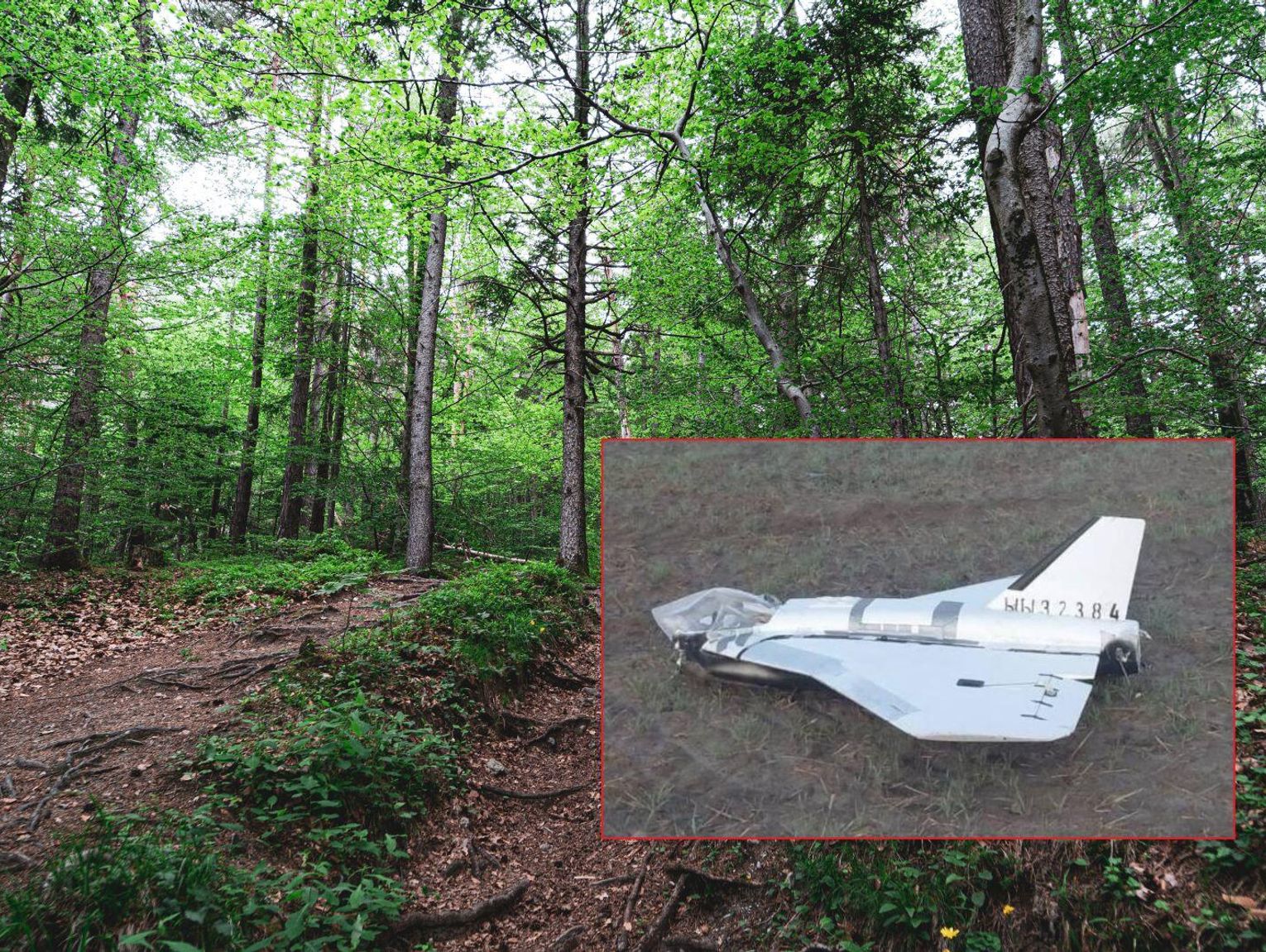
Air travel sparks a unique kind of imagination. Every passenger, at one point or another, has probably looked at the door of an aircraft and wondered: What would happen if someone tried to open that?
Movies and news stories occasionally add to the unease, showing dramatic attempts to pull at levers and handles in mid-air. But the truth is far more reassuring than those scenarios suggest.
Despite occasional headlines about unruly passengers trying to open it, it is physically and mechanically impossible to open a standard commercial plane door at cruising altitude.
This article unpacks why that is the case—drawing on physics, engineering, safety regulations, and real-world incidents that reveal both the impossibility and the seriousness of even attempting it.
 Photo: Air India
Photo: Air IndiaWhy It’s Impossible to Open Plane Door Mid-Air
One of the biggest reasons you cannot open an airplane door mid-flight lies in the very air you breathe onboard. Commercial jets cruise at altitudes of 30,000–40,000 feet, where the outside air pressure is dangerously low for human survival.
To make flying safe and comfortable, cabins are pressurized to simulate an altitude of around 6,000–8,000 feet.
This creates a steep pressure difference between the air inside and outside the aircraft. Engineers estimate that the difference can be around 8 pounds per square inch (psi). It doesn’t sound like much—until you realize that this is multiplied across the entire surface of a door.
For a typical commercial door, that adds up to thousands of pounds of force pushing outward. In simple terms, the door is being “pinned” shut by air pressure. Even the strongest person alive couldn’t budge it.
 Photo: Christopher Doyle | Wikimedia Commons
Photo: Christopher Doyle | Wikimedia Commonshttps://commons.wikimedia.org/wiki/File:A320_Door_2L.jpg
Doors Are “Plug Doors”
The pressure difference isn’t the only factor keeping passengers safe. Modern airliners use what are known as plug doors. Unlike your house door, which swings outward, a plug door first opens inward before it can swing out.
When the cabin is pressurized, the door is literally sealed against its frame by that force, making it impossible to move inward in the first place.
This plug design applies to most cabin entry doors and emergency exits. It means that even if someone wanted to tamper with the mechanism, the physical laws of air pressure render it unmovable while the plane is at cruising altitude.
Beyond physics, airplane doors have robust mechanical locks and latches. Once the plane leaves the ground, these engage automatically. In fact, according to safety standards enforced by the FAA and similar aviation authorities.
Commercial aircraft doors must be designed so they cannot be opened when the plane reaches certain speeds—typically from taxi speeds of about 80 knots upwards.
These locks are not optional; they are built into certification requirements. Even in the rare event of a failure in pressurization (say, in a rapid decompression), there are backup systems in place to ensure doors cannot be opened in unsafe conditions.
 Photo: Bin im Garten | Wikimedia Commons
Photo: Bin im Garten | Wikimedia Commonshttps://commons.wikimedia.org/wiki/File:Aircraft_Door_B737_or_A320_family.JPG
Real-World Incidents: Why Panic Still Happens
If it is impossible, why do stories keep appearing in the news? In most cases, passengers in distress or behaving erratically have attempted to pull handles or levers, unaware that their efforts are futile.
This can be terrifying for other travelers, and crews often have to restrain the person for everyone’s safety.
One notable exception occurred in May 2023 on an Asiana Airlines flight in South Korea. A passenger managed to open a door when the plane was only about 700 feet above ground, close to landing.
At that altitude, the pressure difference between the inside and outside air is much smaller, making it physically possible to force a door open. While no catastrophic structural failure occurred, several passengers were hospitalized with breathing issues and shock.
The Asiana case underscores an important point: while doors can’t open at high altitudes, they can theoretically be opened during landing or takeoff phases when the cabin is less pressurized. That is why crew vigilance and passenger conduct remain critical to aviation safety.
Legal and Safety Consequences
Attempting to open a plane door mid-flight is not a harmless prank. Even if the act is physically impossible, it creates panic, diverts attention from critical tasks, and can lead to emergency landings.
Such actions typically result in arrest, heavy fines, and bans from airlines. In the U.S., unruly passenger behavior is taken so seriously that the FAA has a “zero tolerance” policy—meaning no warnings, only enforcement.
Internationally, countries prosecute such offenses under their own aviation laws. In some cases, attempted interference with crew or aircraft systems can even lead to prison sentences.
It’s worth noting that not all airplanes are built the same way. Smaller, unpressurized general aviation aircraft may have doors or windows that can be opened mid-flight. This is sometimes even intentional, such as for skydiving operations.
However, those aircraft fly much lower—where cabin pressurization isn’t needed—and their structural design is different. For commercial jets, though, the plug door and pressure principle remains universal.
 Photo- Mond Ortiz (Facebook)
Photo- Mond Ortiz (Facebook)The Role of Crew Training
Cabin crew undergo extensive training to deal with disruptive passengers and potential door-tampering attempts. They are trained to restrain individuals if necessary and to de-escalate situations quickly.
This not only protects the aircraft but also reassures passengers that such incidents are under control. For travelers who might still feel uneasy, here are the key takeaways:
- At cruising altitude, doors cannot be opened—physics simply won’t allow it.
- Even if tampered with, plug door design and mechanical locks add an additional barrier.
- The only circumstances where doors can be forced open are at low altitudes, typically during descent or taxiing—but crews are alert at these times.
- Attempting to open a door is a criminal act with severe penalties.
 Photo: Virgin Australia
Photo: Virgin AustraliaBottom Line
Air travel safety depends on a mix of clever engineering and strict regulation, but sometimes the most powerful safeguard is simply the laws of physics.
The next time a news story surfaces about someone trying to open an airplane door, remember: while it may cause alarm in the cabin, the attempt itself is doomed to fail at high altitude.
Between pressurization, plug door design, and multiple safety mechanisms, those doors are locked tighter than any vault. For passengers, that means peace of mind—the sky might be vast, but inside the cabin, you are securely sealed in.
Stay tuned with us. Further, follow us on social media for the latest updates.
Join us on Telegram Group for the Latest Aviation Updates. Subsequently, follow us on Google News
Delta Passenger Tries to Open Door, Flight Makes Emergency Landing
The post Why Pilots Say It’s Impossible to Open a Plane Door Mid-Flight appeared first on Aviation A2Z.















